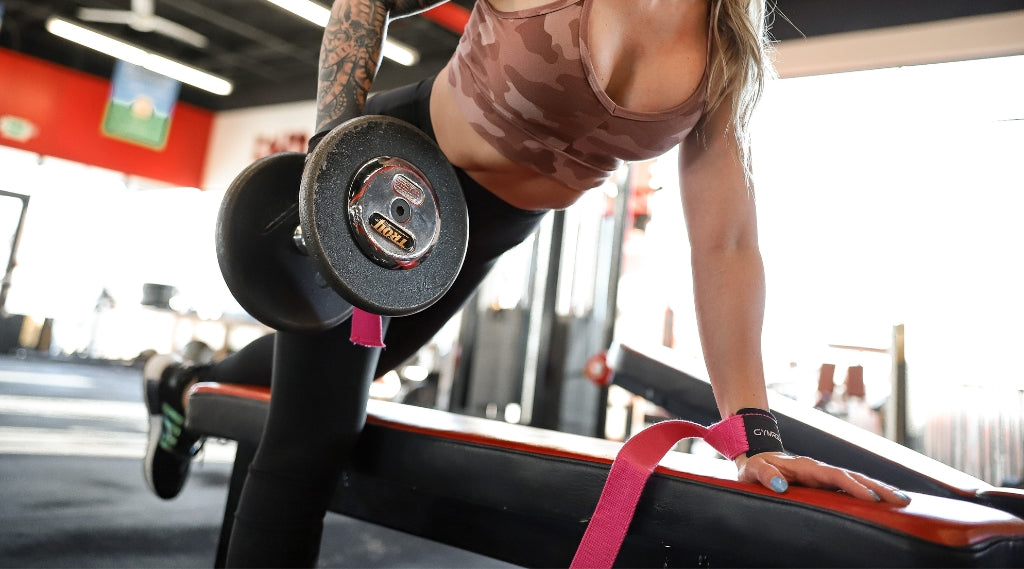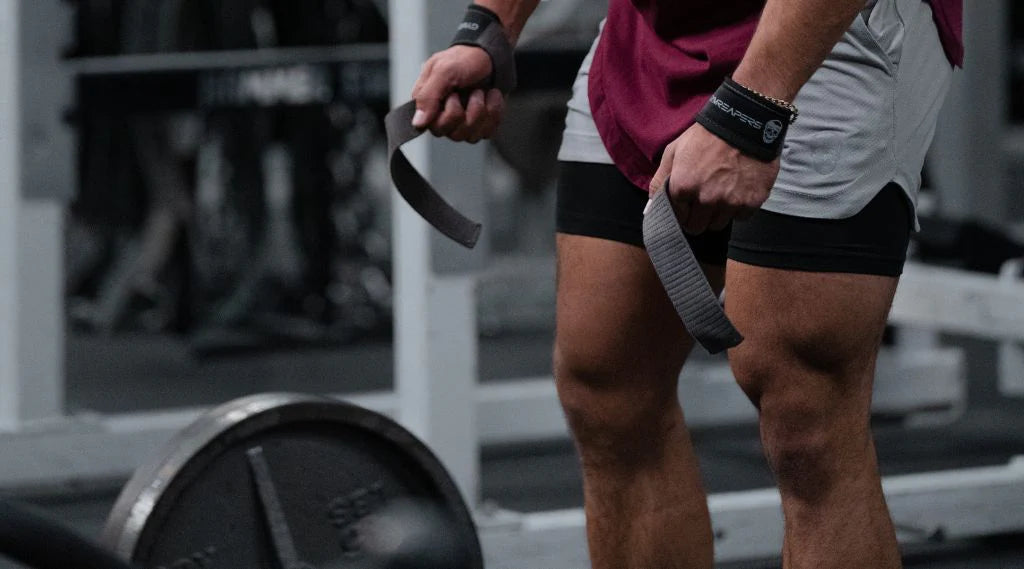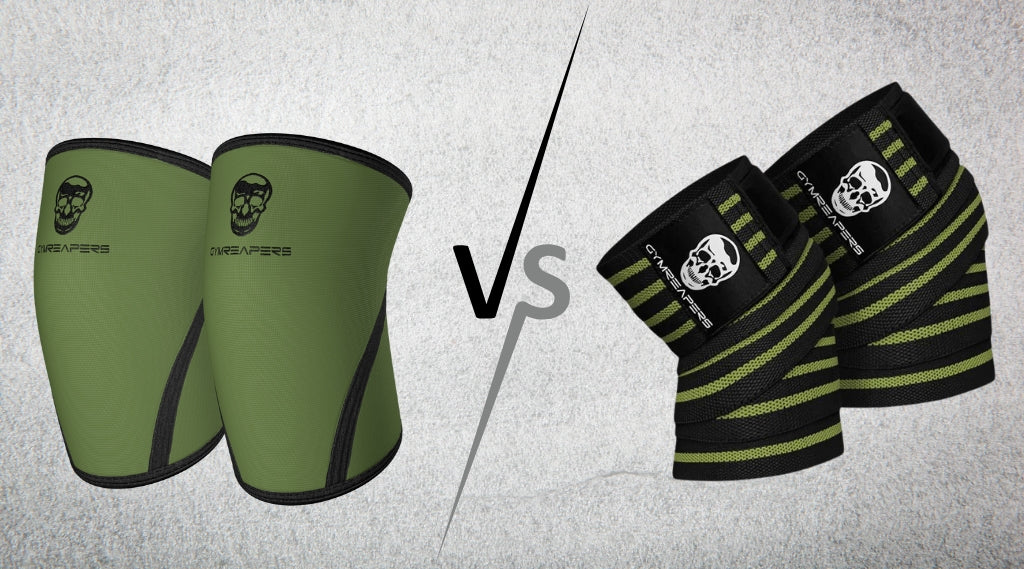Lifting Straps are a great tool for lifters with smaller wrists as grip strength is more likely to be a limiting factor for these individuals; however, not all lifting straps will work for smaller wrists.
Before purchasing lifting straps, ensure the lifting straps are adjustable, as these are more likely to fit smaller wrists. You should also consider investing in straps that have wrist padding as this will ensure a more comfortable fit that minimizes discomfort at the wrist joint.
This article will explore the different lifting strap options to make sure you purchase the right ones for your wrist size and lifting goals.
Key Takeaways
Why The Right Fit Is Important For Lifting Straps

Lifting straps can provide invaluable support and stability, especially for individuals with small wrists. However, using lifting straps that don't fit properly can have a significant impact on their benefits.
The primary purpose of lifting straps is to enhance grip strength by securing the barbell or dumbbell to the lifter's hand.
If the straps are too loose, they are more likely to slide around or bunch up, causing discomfort and distractions during your workout.
Loose straps also won't provide the necessary support, so you may find yourself struggling to maintain a secure grip. This can compromise your lifting form and increase the risk of accidents or injuries.
If the straps are too tight, they may dig into your skin, restrict blood circulation, and cause unnecessary pain and discomfort that limits your performance.
Finding the right fit is crucial to ensure that lifting straps can be used as intended without sacrificing comfort and safety.
How Can You Tell If Lifting Straps Are The Wrong Size?
Recognizing whether lifting straps are the wrong size is relatively straightforward if you know what signs to look for.
Here are some common indicators that your lifting straps may not be fitting correctly:
- Slippage: If the straps consistently slide off your wrists or you’re failing to grip the bar effectively, it's a clear indication of an improper fit.
- Excessive tightness: If the straps dig into your skin, leave deep marks, or cause discomfort, they are likely too tight and need to be adjusted or replaced.
- Limited flexibility: If the straps restrict your range of motion or make it difficult to achieve a comfortable grip, they may be too small or improperly designed for your wrist size.
Why Smaller Wrists Mean Greater Need For Lifting Straps

Most lifters with smaller wrists will also have smaller hands and smaller forearms which means they will struggle even more with grip than the average lifter.
Grip strength will often be the first thing to fail for any lifter after their first 6-9 months of training because the larger muscles of the body will get stronger faster than the muscles of your forearm responsible for grip strength.
Lifters with small hands will notice this even more than other lifters, so lifting straps may be non-negotiable. This is especially true if you want to build larger muscles like the upper back or you want to deadlift heavy weights because grip is often a limiting factor in these movements.
Lifters with smaller wrists and hands may find they need to start using lifting straps within their first three months of training.
How To Properly Measure Your Wrist For Lifting Straps

To ensure a proper fit and avoid the issues associated with improperly sized lifting straps, it's crucial to measure your wrist accurately and to shop accordingly.
Follow these steps to measure your wrist size correctly:
- Use a flexible measuring tape or a string to wrap around your wrist just above the wrist bone.
- Make sure the tape or string is snug but not too tight.
- Mark the point where the end of the tape or string overlaps.
- Note the length on the tape or measure the string to identify the circumference of your wrist.
- Write down the measurement in inches or centimeters.
Using this measurement, you can refer to a size chart to determine the appropriate size of lifting straps for your wrist. Different brands may have slightly different sizing guidelines, so it's essential to consult the specific chart provided by the manufacturer.
Note: Certain types of straps may not have a size chart because some types (i.e. loop style) can fit any wrist size.
How To Choose Lifting Straps For Small Wrists

When selecting lifting straps for small wrists, there are several factors to consider to ensure you find the right fit and quality. Here are some key aspects to look for:
Type
There are various types of lifting straps available, including figure-eight straps, loop straps, and hook straps. If possible, try each type of strap to see which one feels the best to you. If not possible, here’s how they compare:
- Figure 8: These lifting straps are built for bigger lifters like competitive strongmen. These straps generally are not ideal for smaller wrist lifters as they are more likely to have slippage.
- Loop Straps: These are the most commonly used lifting straps. These straps are ideal for lifters with smaller wrists because they are highly adjustable. They also typically come with wrist padding.
- Hook Straps: These are great for lifters who want to completely eliminate grip as a limitation. These are great for lifters with smaller wrists due to their adjustability and ease of use.
Related Article: Straps vs Hooks
Material
Look for lifting straps made from durable and high-quality materials such as nylon or cotton. These materials offer excellent strength, longevity, and comfort. Avoid straps that are too rigid or abrasive, as they may cause discomfort or skin irritation.
Length
Straps that are too long can be cumbersome and may not provide a secure fit for small wrists. Look for straps that are specifically designed for smaller wrists or that are adjustable (loop straps or hooks), allowing you to customize the length to your preference.
Durability
Ensure that the lifting straps you choose are built to last. Look for reinforced stitching, sturdy construction, and reliable materials that can withstand the rigors of heavy lifting.
Durability is essential to ensure that your lifting straps can support you through intense workouts without wearing out quickly.
Certain brands (like Gymreapers) even come with a lifetime warranty to guarantee their durability.
User Reviews and Recommendations
Before purchasing lifting straps, take the time to read user reviews and seek recommendations from trusted sources such as fitness professionals or experienced lifters.
Their insights can provide valuable guidance in finding lifting straps that have proven to be effective and reliable for individuals with small wrists.
Recommendation: Gymreapers Lifting Straps

One highly recommended brand for lifting straps, especially for individuals with small wrists, is Gymreapers Lifting Straps.
These loop-style lifting straps are known for their quality, durability, and excellent fit. They are adjustable to fit smaller wrists while having padding for a comfortable fit.
Recommendation: Gymreapers Lifting Hooks

Lifters with smaller hands and wrists may struggle to grip the bar because they can’t wrap their fingers around the bar far enough to secure their grip.
For these lifters, I’d recommend Gymreapers Lifting Hooks which completely eliminate grip limitations by attaching directly to the bar.













Leave a comment
All comments are moderated before being published.
This site is protected by hCaptcha and the hCaptcha Privacy Policy and Terms of Service apply.